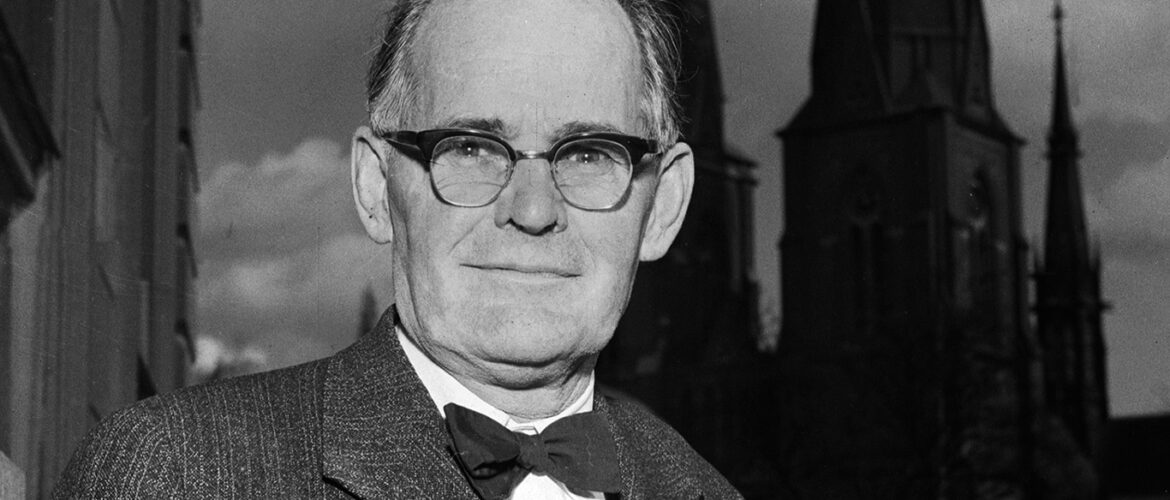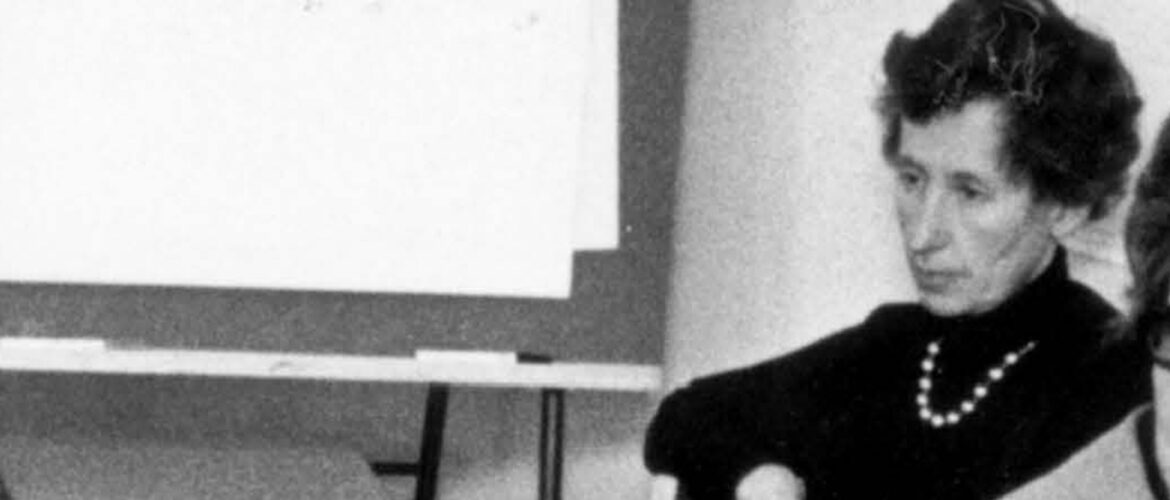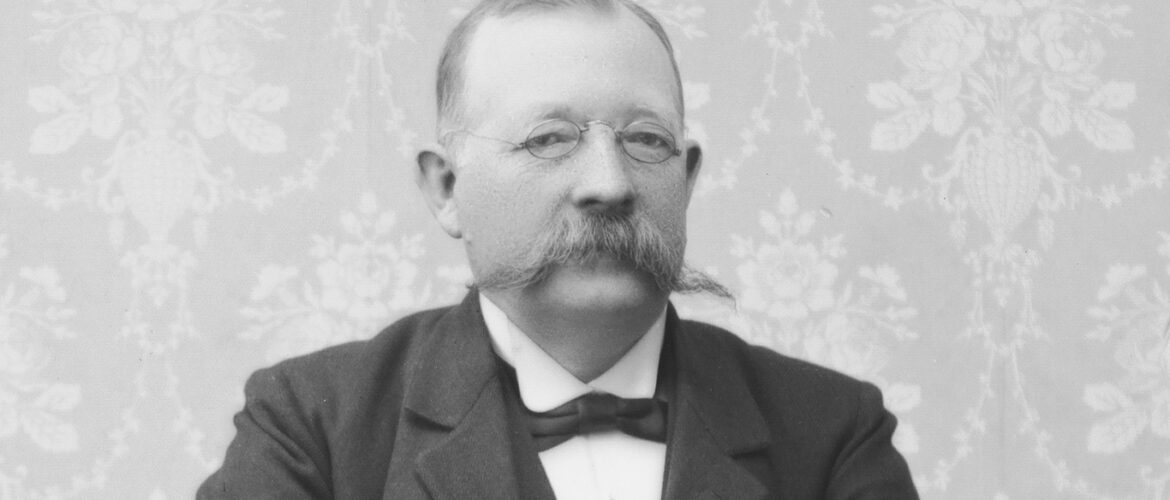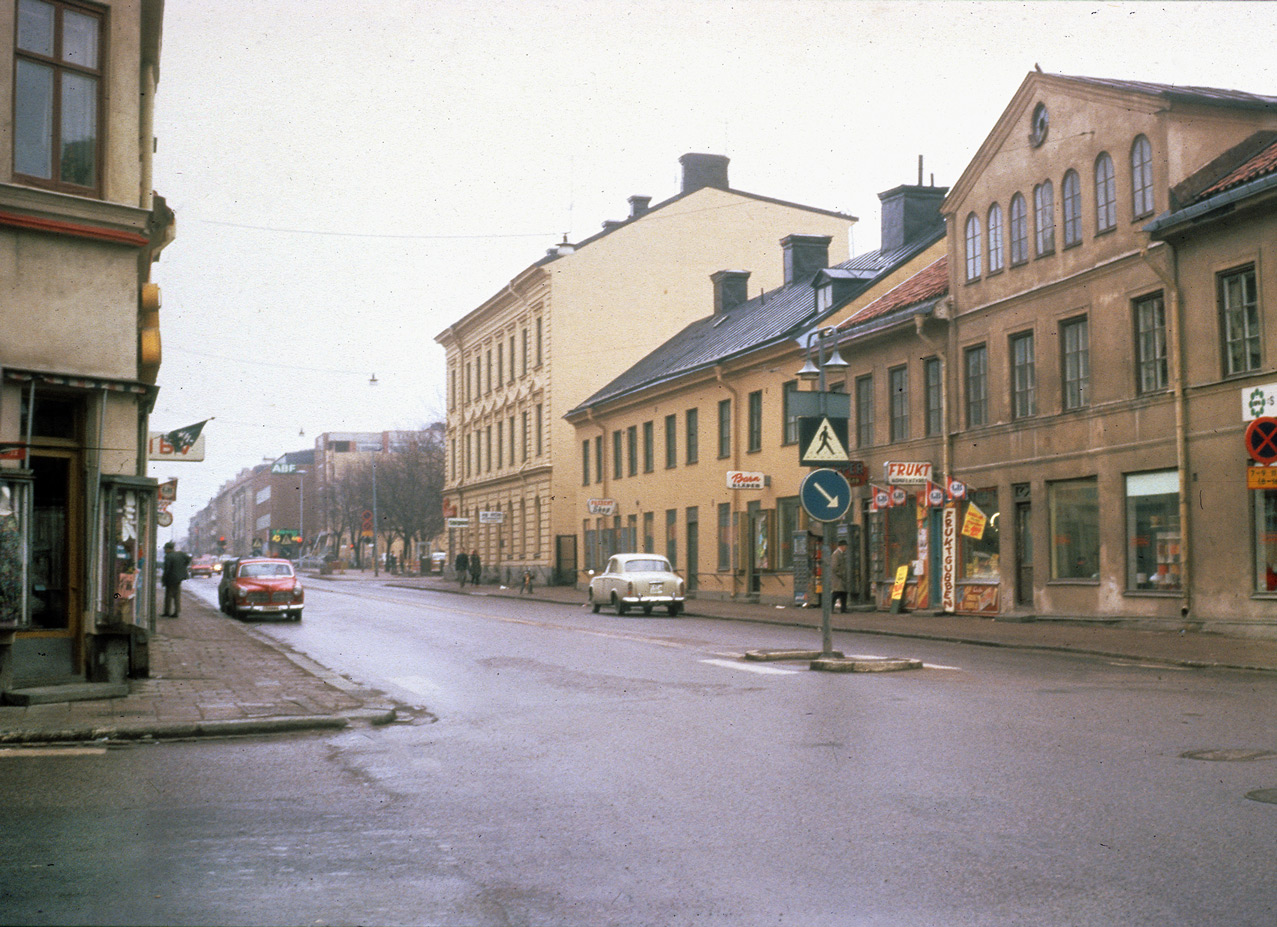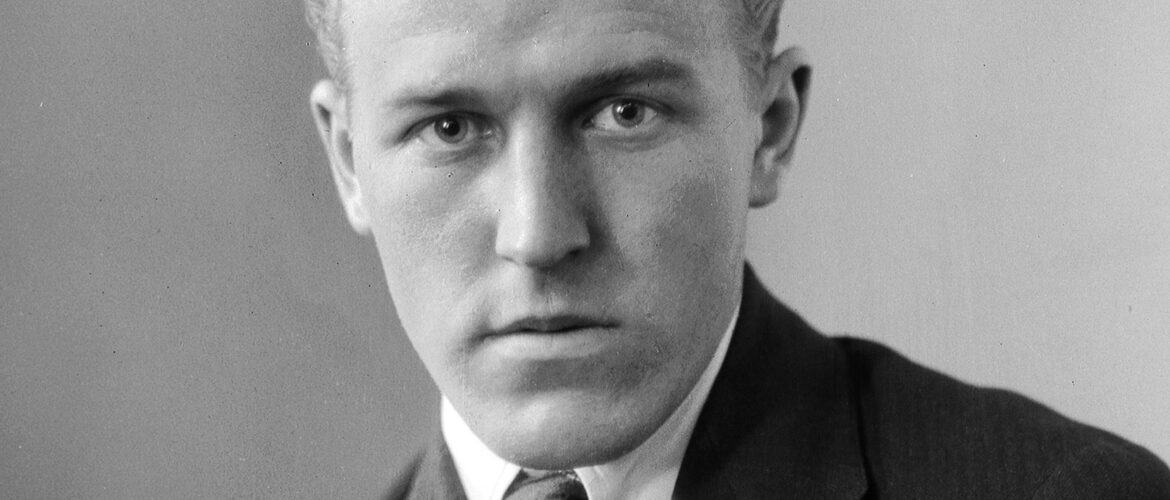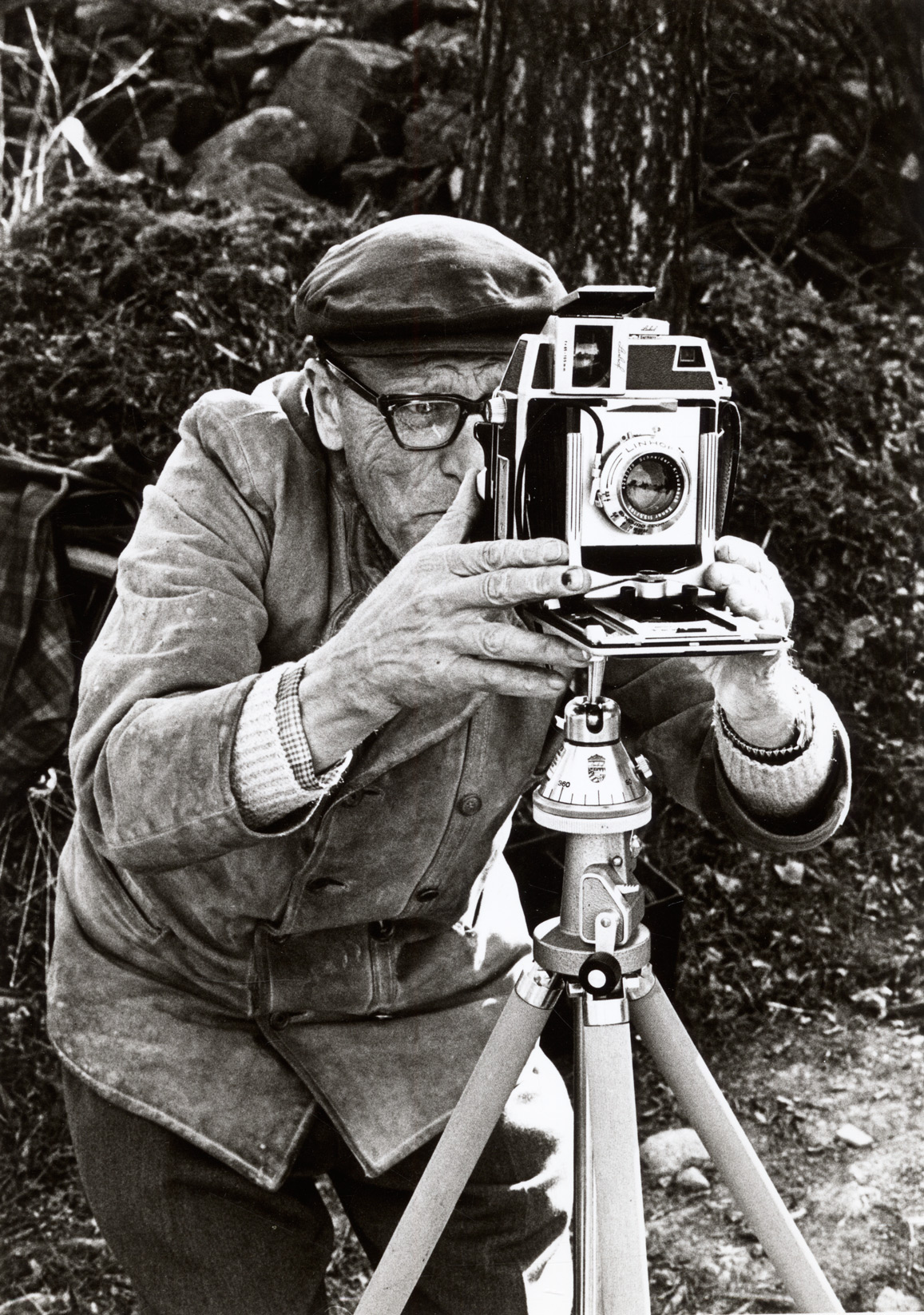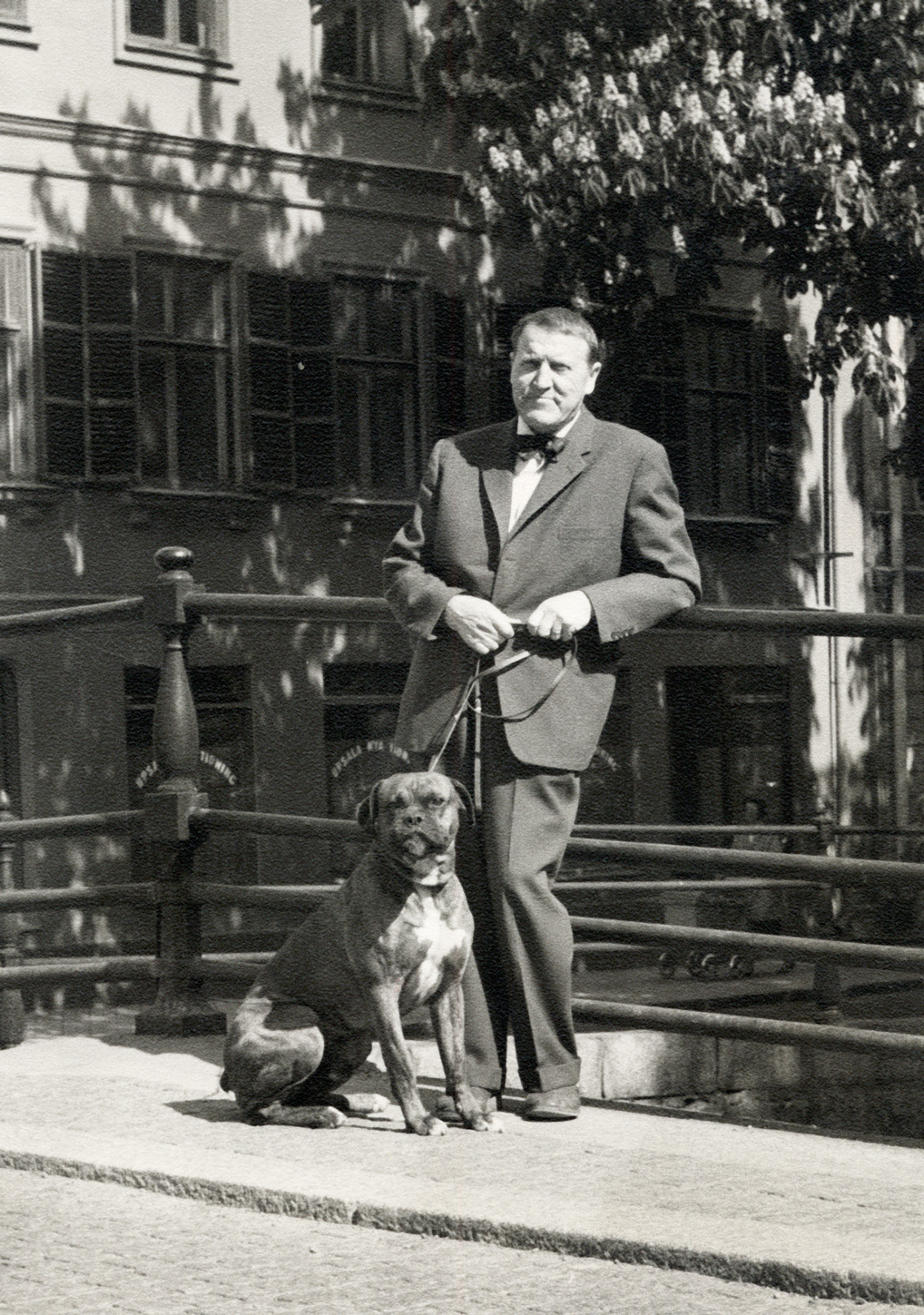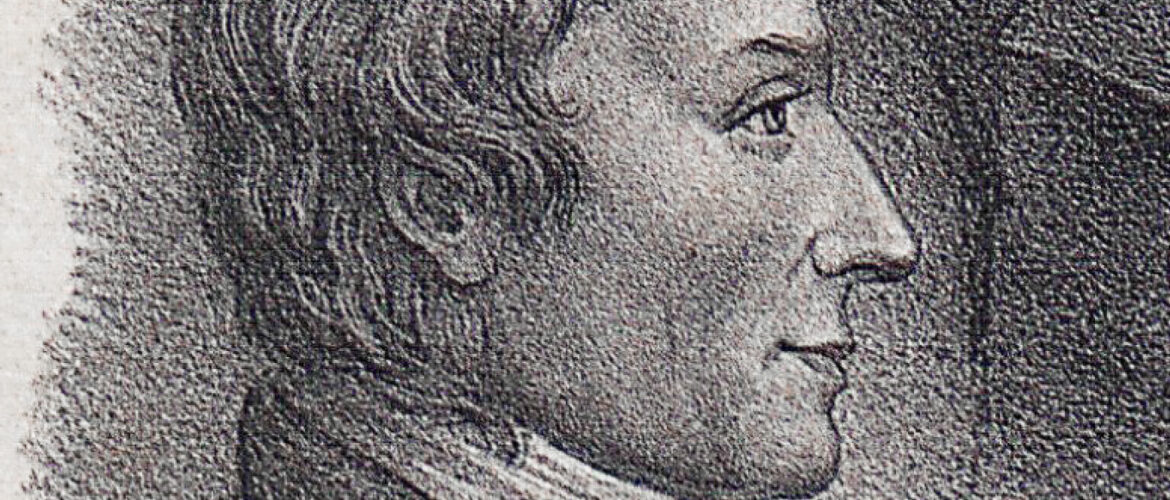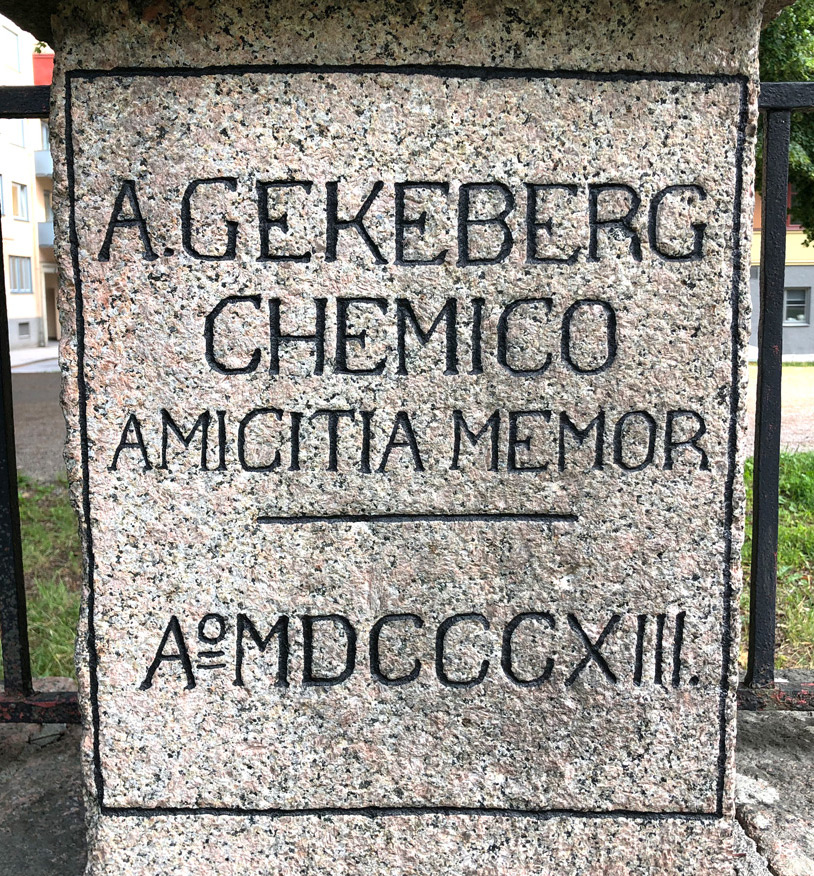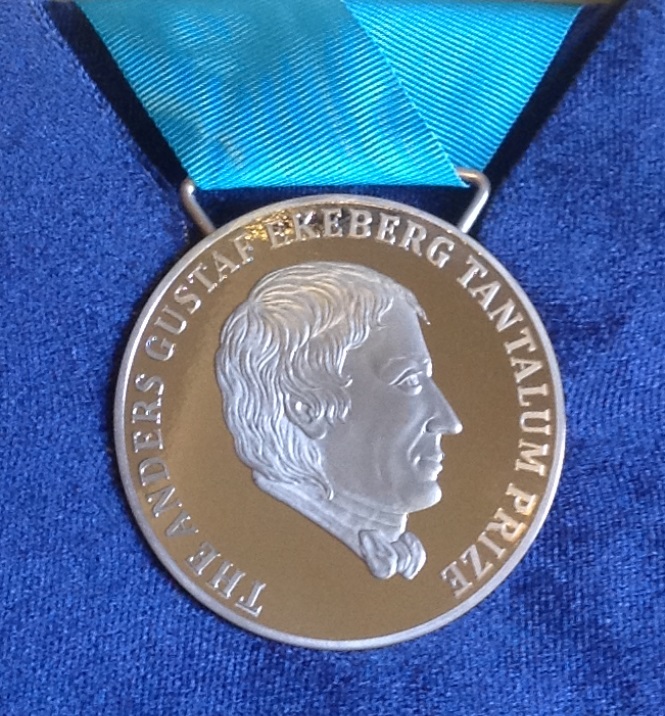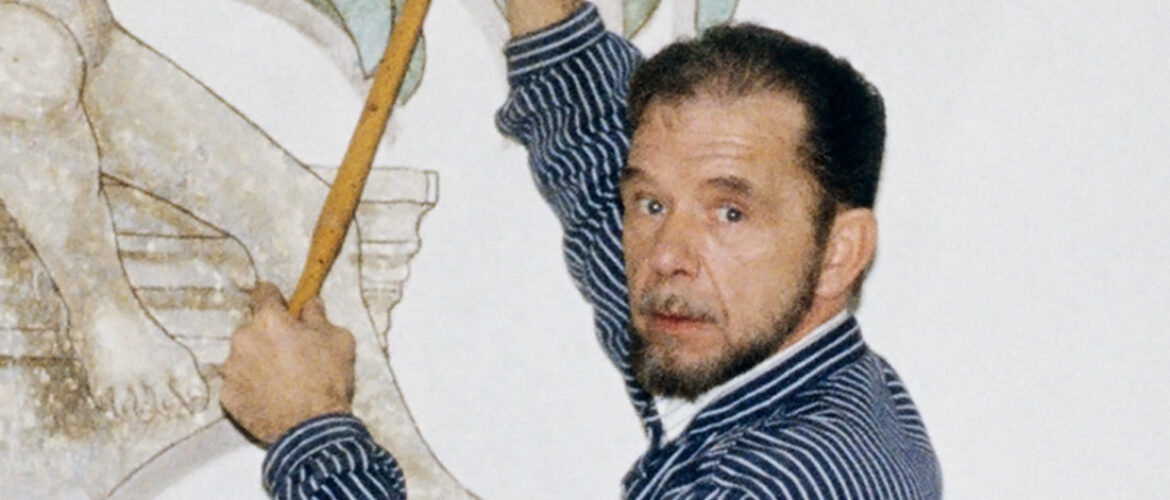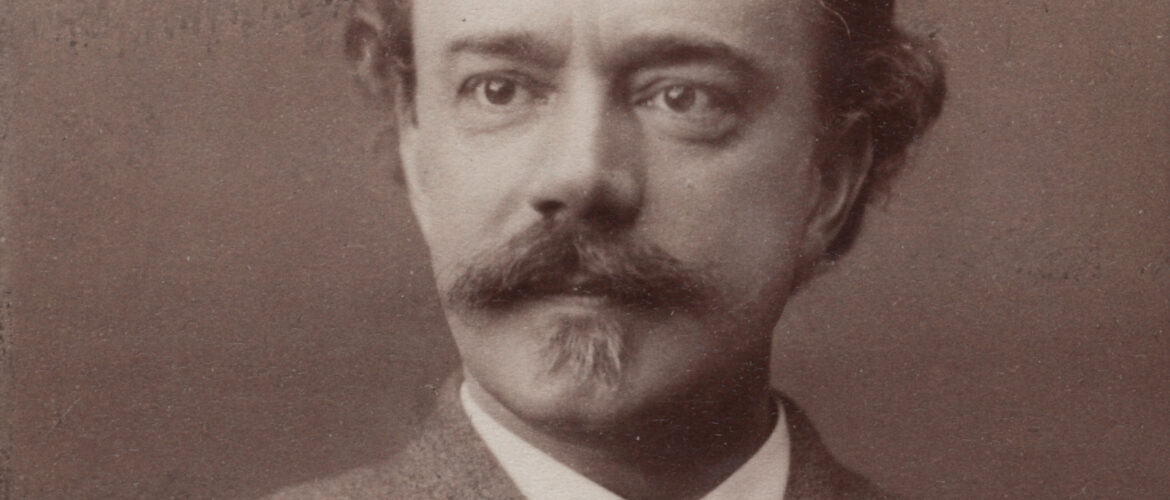1888-1968.
Professor of Medicine, Pathologist.
Robin Fåhræus was born in Stockholm and was Professor of Pathology from 1928 to 1955.
With his epoch-making investigations into the suspension stability of red blood cells (the so-called sink), Fåhræus has achieved international renown.
In his 1921 paper, The Suspension Stability of the blood, the rate at which blood cells sink to the bottom of a test tube and the sinking reaction (SR, "sinking") as a sensitive if non-specific indication of ongoing disease processes in the body was launched.
Together with The Svedberg, Fåhræus contributed to the determination of the molecular mass of hemoglobin.
Examples of his lifelong writing include the books Blood in the History of Medicine (1924) and History of Medicine (1944-1950).
Fåhræus, together with Anders Diös, was responsible for the restoration of the Hall of State at Uppsala Castle.
Burial site: 0112-0547
Image description: Robin Fåhraeus at the University House, Uppsala 1955. Photo: Uppsala-Bild / Upplandsmuseet. [The image is cropped]
Click here for an uncropped image

